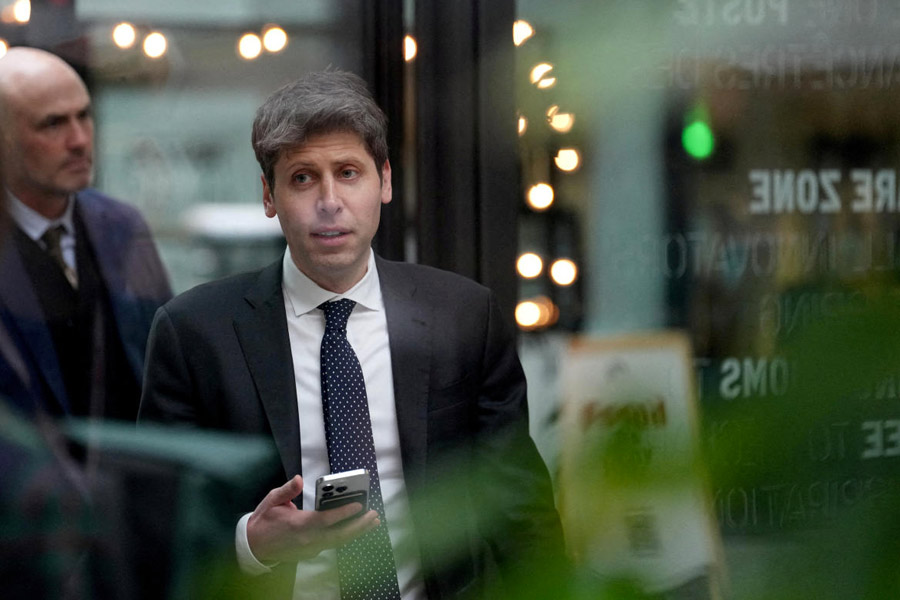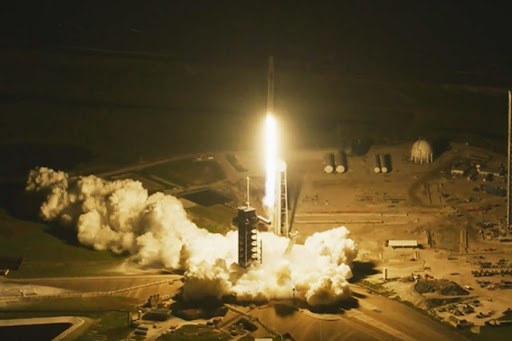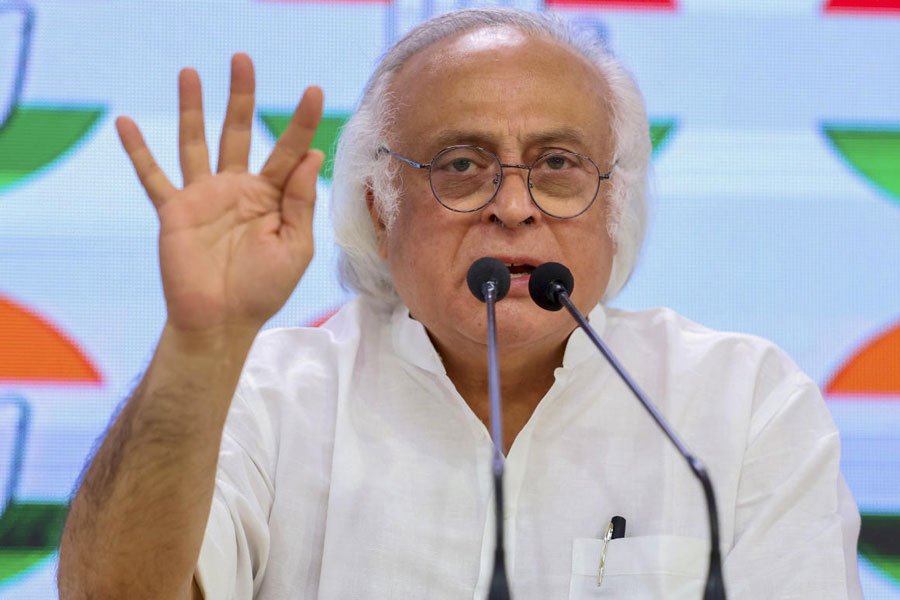 |
In the weeks ahead, stock markets in India and the rest of the world could crash, the currency markets could be in turmoil, India’s exports may slide and job creation could stumble.
That’s a scary scenario all right, but the world might just be on the brink of an economic tsunami of devastating proportions. And this time we won’t just be watching the awful scenes unfolding on TV — this time the giant waves could be washing up on our doorsteps and rushing through our homes.
Tsunami-like conditions have been building up both in Europe and the United States. After weeks of dithering, in Europe, the continent’s deeply divided leaders finally patched together a new emergency plan to throw more money at tackling the financial crisis in Greece, which is technically bankrupt, and seek to prevent the financial contagion spreading to larger countries like Italy and Spain.
But analysts say the multi-billion-euro package, led by German underwriting, doesn’t solve the region’s overspending problems long term and staunch the economic bleeding in Europe. “The Greek debt issue has implications for Portugal, Ireland and potentially Italy and Spain,” says Rakesh Mohan, a former deputy governor of the Reserve Bank of India.
In the United States, the government’s struggling to head off a catastrophic budget default by August 2 — which, if it happened, would mean the Treasury would run out of money to pay all of its bills and could send the world economy into a tailspin. “The chances of a crisis in Europe or the US becoming a reality are quite high,” says Robert Prior-Wandesforde, head of India and Southeast Asia, Credit Suisse.
It’s always a sure sign of trouble for the world economy when the prices of gold start shooting through the roof. And this week, the prices of gold went soaring off the charts to set fresh records above $1,600 an ounce. Gold, which has risen 6 per cent in July alone, has retreated from its latest peaks but analysts say the market is nervous and will spike higher on any hint of bad news.
But how does all this make a splash that will be felt all the way to Dindigul, Sopore and Jhumritelaiya? For one thing, India is much more a part of the global economy now than in the past, and depends more and more on foreign investment to drive its growth. Already, investment flows have been falling as risk-averse investors hang on to their wallets in these economically turbulent times that get more worrisome whichever direction you look.
Consider the politico-economic battle that’s taking place in Washington DC.
There President Barack Obama is locked in a no-holds-barred battle with right-wing Republican Congressmen who are waging an ideological war for lower taxes and shrinking the size of government. He summoned lawmakers at the weekend in a last ditch bid to thrash out a deal. Meanwhile, Standard & Poor’s has warned that it might take the unprecedented step of downgrading the triple A US credit rating — which would make it costlier for the country to borrow in the markets and would give a seismic jolt to the world economy — unless political leaders strike a meaningful deficit deal.
The indications are that Obama will reach a deal with the recalcitrant Republican Congressmen. But the US economy is still looking way weaker than most economists had predicted a few months ago. And recently released consumer spending figures suggest that Americans are tightening their belts and battening down for tough times. That’s likely to make things even tougher for an economy recovery. Says Pryor-Wandesforde: “US data suggest things are remaining soft and it looks increasingly we can’t blame the supply chain disruptions caused by the disaster in Japan.” Adds Abheek Barua, chief economist, HDFC Bank: “The US has structural problems that have to be addressed.”
What should have happened by now is that the possibility of a global slowdown should have sent commodity prices falling through the floor. But even that’s not happening. The bad news is that oil prices have been hovering around $115 to $120 per barrel for the last few months — that’s close to double the prices in 2010. And though the world economy is slowing down, there’s no sign of oil prices dropping — as they normally do in a slowdown. Don’t forget that India imports more than 70 per cent of its oil and is crucially affected by high prices.
As the US and the European Union totter, what’s the picture like in Asia? The Chinese, for the first time in years, are hiking interest rates in a bid to control inflation and that is dampening the country’s runaway growth. Also, there are numerous countries in Asia — like Taiwan and to a lesser extent, Thailand — that are dependent on the Chinese locomotive economy.
In India too economists predict that the economy will be heading downwards in the coming months. Pryor-Wandesforde points out that the Reserve Bank, in its bid to tame prices, has hiked interest rates 10 times in the past 18 months with another hike seen coming Tuesday and inflation is still running at near double-digits. What’s more, he adds, the slowdown impact of the latest round of interest rates hikes will only be felt in the coming 12-18 months.
Says Surjeet Bhalla, economist and chairman, Oxus Investments: “The RBI, in my view, has gone too far in terms of its Don Quixote battle against inflation.”
How will the economic slowdown in other parts of the world affect India? For a start, there would be less money coming in as portfolio investment into the stock market. Also, there’d be less foreign direct investment coming into the country. And, of course, India’s exports are likely to tumble.
Nearly 28 per cent of India’s exports go to the US and the EU. What’s more, the information technology industry could be staring at trouble. The US accounts for about 60 per cent of software and IT-enabled services exports, with the EU accounting for another 30 per cent.
“Currently India’s trade exposure to Germany and some of the other European countries is high. If the whole Eurozone gives way to debt pressure, it will have a considerable impact on India particularly on India’s trade balance and investment scenario, both portfolio and direct,” says Anis Chakravarty, director, Deloitte, Haskins & Sells, the international accounting and consulting firm.
The crucial question is not whether there will be a slowdown but how long it will last. HDFC’s Barua says that many economists are hoping it will last only for about a year.
There are, however, those who believe that India’s problems have only a limited amount to do with the shaky international situation. Bhalla points out that the real problem is closer home. “The real problem is in India. We have a comatose government and no decisions are being made. Why are we worried about Europe and the US?” he says.
Bhalla is relatively optimistic about the Indian economy and believes that — despite the government — growth is unlikely to fall below 8 per cent for very long. He says: “It’s hard to see growth falling below 8 per cent. We are at the bottom end of the growth cycle.”
Barua points out that spending on infrastructure in areas like roads have just begun to pick up and this might help India come out of a slowdown faster than other countries.
Adds Rakesh Mohan: “I do expect a slowing down but not a significant one. ”
Still, the foreign players are much less sanguine. Says one banker: “My colleagues are suggesting that even gold is not safe. They’re saying we should all invest in tins of food and a can opener.”











